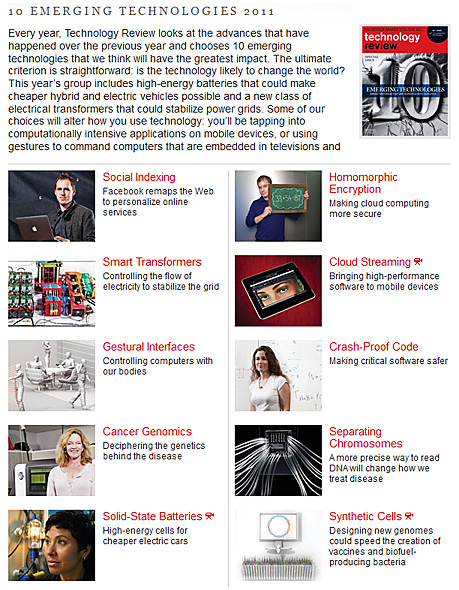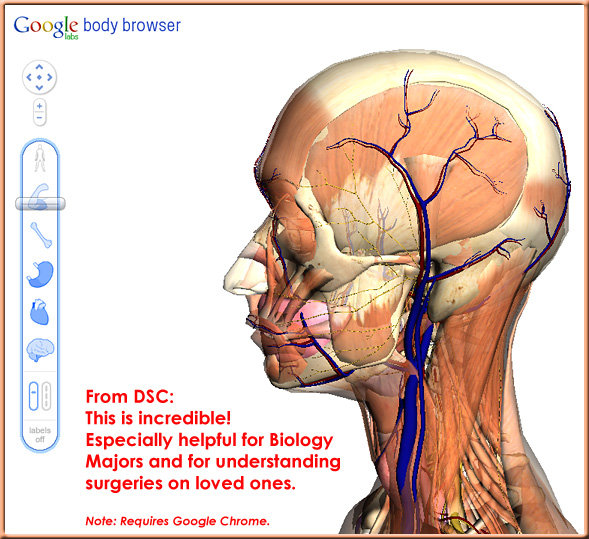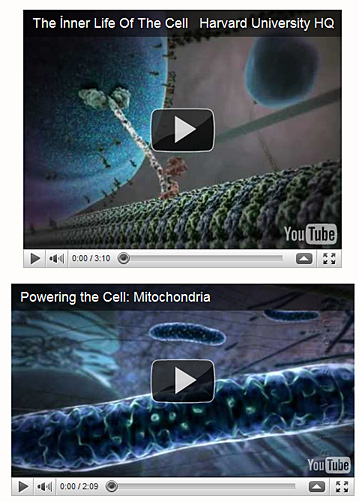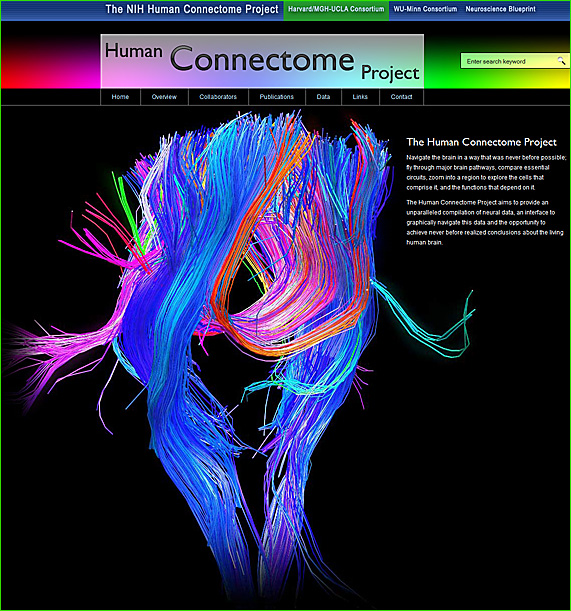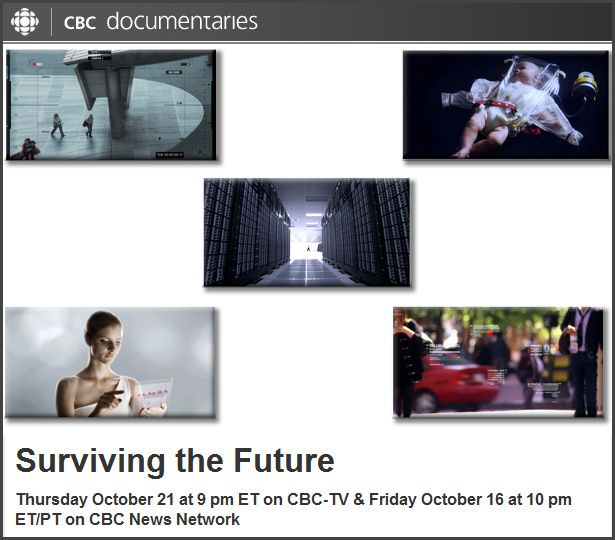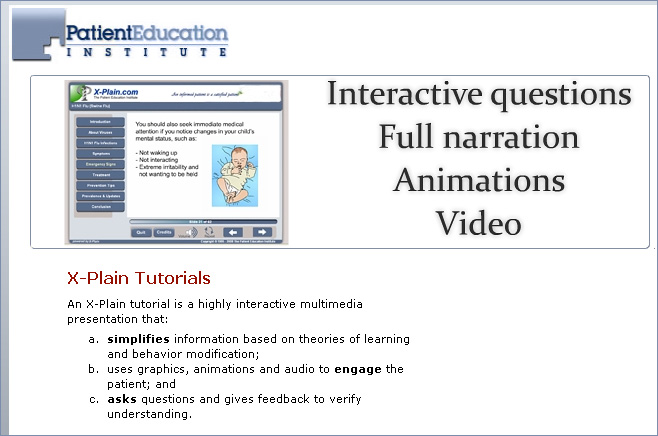A $55 million atlas of the human brain — from cnet.com by Elizabeth Armstrong Moore
This thin section of brain has been treated with a pink neuropathological stain
to show fine anatomic detail. Credit: Allen Institute for Brain Science.
Science Simulations: A Virtual Learning Environment — from Journey in Technology by Dolores Gende
Where do I find simulations?
One of the best websites for science simulations is PhET from the University of Colorado at Boulder. Originally founded by Physics Nobel Prize laureate Carl Weiman, PhET provides fun, interactive, research-based simulations of physical phenomena for free. These simulations can be downloaded or played directly on your browser.
Teachers can access the Teacher Ideas & Activities page for teacher-submitted contributions, designed to be used in conjunction with the simulations.
These are the links to the core science courses simulations. The PhET website also contains excellent Math simulations.
- Biology Online Labs
Comprehensive list to virtual labs and simulations - Anatomy Online Labs
- Comprehensive list to virtual labs and simulations
- Chemistry Online Labs
Comprehensive list to virtual labs and simulations
- Geology Online Labs
Comprehensive list to virtual labs and simulations
- Physics Simulations
My website contains links to hundreds of simulations.
The facts on higher order thinking — from Faculty Focus by Maryellen Weimer, PhD
.
I just read a study that pretty much blew my socks off. An article highlighting the details will appear in the March issue of The Teaching Professor. I’ll give you the nutshell version here. The researchers were interested in finding out if there was empirical evidence to support the frequent criticism that introductory courses are fact filled with little content that challenges higher order thinking. Beyond anecdotal evidence, this research team didn’t find much empirical documentation so, being biologists, they decided to look at introductory-level biology courses.
Biology professors use cloud computing to reach students — from The Chronicle by Tushar Rae
ALA 2011: Adaptive and Learning Agents Workshop held at AAMAS 2011 — from Intelligent Systems
Adaptive and Learning Agents, particularly those in a multi-agent setting are becoming more and more prominent as the sheer size and complexity of many real world systems grows. How to adaptively control, coordinate and optimize such systems is an emerging multi-disciplinary research area at the intersection of Computer Science, Control theory, Economics, and Biology.
Body Browser is a detailed 3D model of the human body. You can peel back anatomical layers, zoom in, and navigate to parts that interest you. Click to identify anatomy, or search for muscles, organs, bones and more. You can also show share the exact scene you are viewing by copying and pasting the corresponding URL.
— originally from Google Explores the Human Body With HTML5
Inside the new world of molecular animation — from sentient developments
Software creates 3D wiring maps of the brain — from gizmag.com by Ben Coxworth
.
An image of a brain’s wiring system, acquired using the new software
From biotech visionaries growing new body parts, to in vitro meat, from a global sensor web that monitors the health of the earth’s biosphere, to a massive effort to reverse-engineer the human brain, Surviving the Future takes a disquieting and astonishing look at some of science’s most radical new technologies.
The film also takes a hard look at the ‘new normal’ of the climate crisis, as we balance our desire to be environmentally responsible—to ‘do the right thing’—and still participate in the consumer economy that is, for better or worse, the basis of our society.
Surviving the future is an unsettling glimpse into the human psyche right now, as our culture staggers between a fervent belief in futuristic utopian technologies on the one hand, and dreams of apocalyptic planetary payback on the other.
Thought provoking and visually stunning, Surviving the Future looks at the stark and extreme choices facing our species as we prepare ourselves for the most challenging and consequential period in our history.
From DSC:
These are some of the things I was alluding to in my post here…I’d be more comfortable with many of these things if the state of the heart were in better condition.
172 interactive health tutorials and 32 edugames — from Zaidlearn
Some example links include:
http://www.nlm.nih.gov/medlineplus/tutorial.html
http://www.patient-education.com/main.asp?p=aboutxplain&s=xplaintutorials









